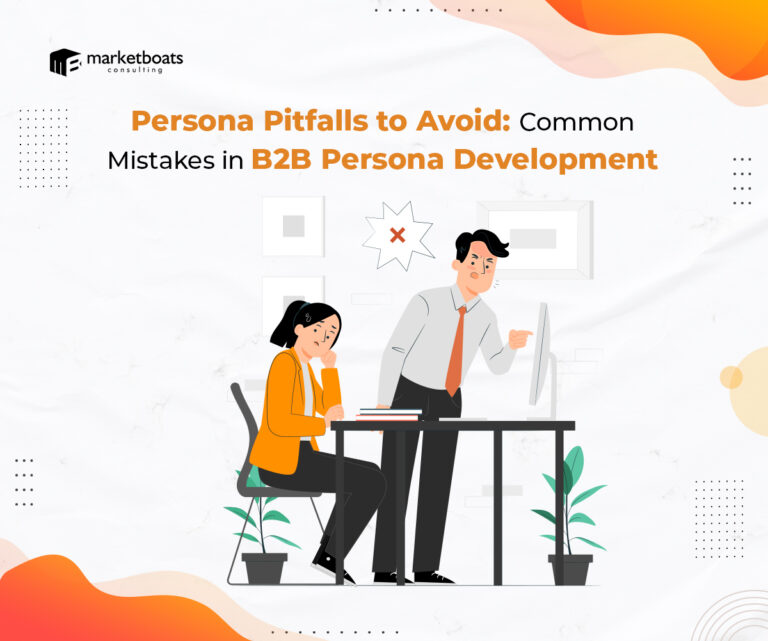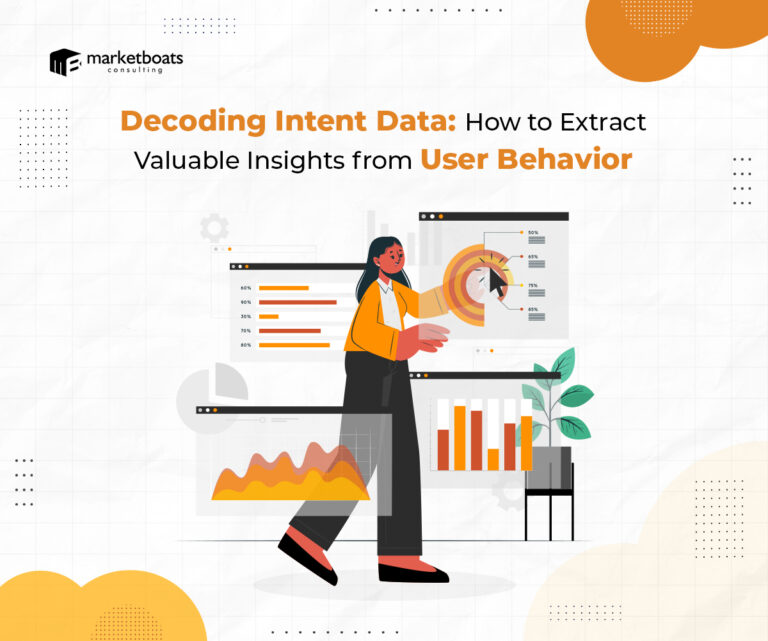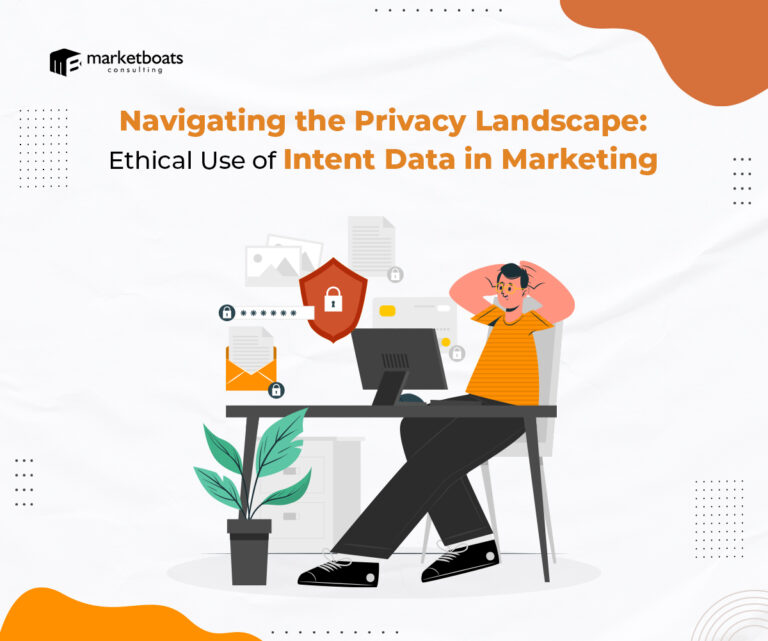Between all the uproar on innovation initiatives and marketing efforts, B2B pricing often gets neglected. However, a B2B pricing model combined with the correct pricing strategy will yield the fruit of your efforts. But what is B2B pricing?
B2B pricing is a way to determine the ideal price for your product. It depends on factors like who you’re targeting, what makes your product unique, how much money you expect to make, what customers want, and how your competitors are pricing their products.
These factors are always changing, which is why flexible B2B pricing models are so popular. No matter which model you choose, it should help you make enough profit to meet your revenue goals.
So, let’s have a look into the world of B2B pricing and learn how to pick the right fit!
Understanding B2B Pricing
The B2B pricing spectrum contains several strategies and models used thoroughly to untangle the pricing composition to determine what’s best for your business. Here’s a comprehensive overview:
Key B2B Pricing Strategies
Here are four fundamental B2B pricing strategies:
Cost-plus Pricing: Cost-plus pricing is a straightforward approach to B2B pricing. You simply calculate the manufacturing cost and raw material expenses, add a markup, and sell. This pricing model works well for physical products but not as much for selling SaaS.
However, it’s important to note that cost-plus pricing focuses mainly on the seller’s perspective and may not consider the customer’s willingness to pay. To ensure your B2B pricing strategy prioritizes the customer, it is beneficial to conduct market research on competitor pricing. This way, you can avoid being at a disadvantage right from the start.
Value-based Pricing: As the name suggests, in value-based pricing, you price your products based on the perception of product value from the customer’s end. Value-based pricing is usually applicable to luxury products.
This pricing strategy is extremely customer-oriented. Without extensive market research and customer feedback, you cannot greenlight it. So, it doesn’t run the risk of turning a deaf ear to customer concerns and isn’t aloof on competitor pricing. However, it does run the risk of not having a steady revenue as the perceived value of products and services fluctuates as per market trends, so you might encounter sudden spikes or dips in revenue.
Competitive Pricing: When it comes to competitive B2B pricing, it’s important to use competitor prices as a starting point. By making slight adjustments to those prices, you can set your own product prices. Competitive pricing can be especially effective for new startups or in saturated markets.
In such cases, it’s wise to invest less in extensive research on product demand and market rates. However, if your manufacturing costs are higher than your competitors, you may miss out on significant revenue. These are some of the downsides of using a one-size-fits-all pricing strategy.
Dynamic Pricing: Dynamic pricing in B2B refers to the practice of adjusting prices based on factors like customer demand, location, and market rates. Essentially, it means that the price of products and services can change depending on various variables. This is made possible through advanced algorithms that analyze these factors to determine the most suitable price at any given moment.
While this approach may seem profitable, it can also create distrust among consumers who may be hesitant to pay higher prices for repeat purchases. Additionally, it can lead to inconsistent revenue streams. As a result, this pricing strategy is typically more suitable for larger corporations and companies.
B2B Pricing Models
You’re halfway to beating your competition with the right pricing strategy. Now, with the correct pricing model under your belt, you could unlock your full potential.
Here are various pricing models you can choose:
Flat-rate pricing: Flat-rate pricing means you charge a fixed price for your products and services. An uncomplicated, all-features-access-enabled model often facilitates purchase ease among customers and ensures a steady revenue. This pricing model is usually employed by companies that have a limited number of products and revenue.
But it has its cons. It does not accommodate the end user’s requirements as such. There might be customers who prefer some features of your product above others, and a homogenized pricing model might deter them from making the final purchase.
Usage-based pricing: In usage-based pricing, the charges incurred are directly proportional to the extent of usage. This model sides with the customer, as they can easily estimate the charges needed to be paid. However, its downside is that you cannot predict revenue as usage varies quarterly or monthly.
Tiered pricing: In tiered pricing, you classify features, functionality, and access and accordingly charge users. While it solves the problem of homogenized pricing and takes into account the diverse needs of the consumer, it might become very difficult for you to craft accurate price packages as customer demands vary constantly, thus resulting in revenue loss.
Per-User pricing: A standard B2B pricing trend is the Per-User pricing model. You charge based on the number of users availing your services. The more users there are, the higher the price. This model is simple and profitable from both your and the consumer’s end. The consumer can foresee expenditures, and you can predict future revenue.
Unfortunately, since the increase in cost is proportional to the increase in number of users, you tend to demotivate large-scale user influx. Consumers might resort to shared log-ins to minimize cost, which could lead to reduced profit.
Best Practices for B2B Pricing Strategy – Balancing Value and Profitability
Now, how can you find the right balance with flexible B2B pricing models?
Here are some best practices to follow:
- Understanding the Value Proposition: You should know how much customers are willing to pay for your product. How they perceive your product’s value will determine your pricing model and its corresponding pricing strategy. You could conduct customer surveys, use feedback forms to gain insight into consumer psychology and shape your pricing strategy accordingly.
- Setting Profitable Prices: You need to have an accurate estimate of production costs and set a markup that results in a decent margin.
- Utilizing different pricing models for optimal results: Segment your target audience based on how each of them perceives your product’s value and tailor your pricing strategies accordingly. This accommodates a whole spectrum of customer needs, which helps you attract a larger customer base and enables you to maintain a stealthy revenue stream.
Conclusion
In true Darwin-esque fashion, it turns out that even in the B2B landscape, the key to surviving in a fast-paced, competitive, and dynamic environment is adaptability. Always convey to your customers the rationale behind your pricing strategies by meaningfully promoting your value proposition and continuously optimizing according to customer feedback about them.
Constantly striving towards B2B price optimization can enable you to successfully keep up with the latest trends, thus improving customer experience, which consequently generates traffic and enhances client retention as well.





